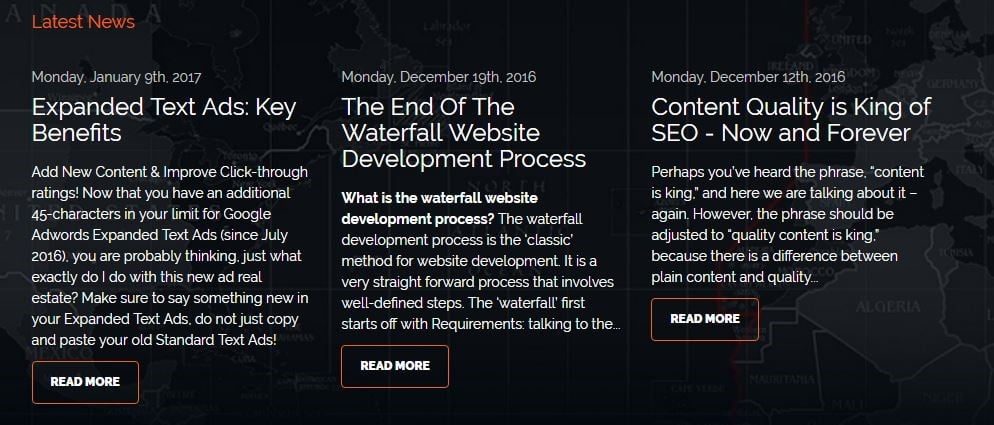Blogging, a term used frequently in the digital world, with good reason of course. This unique platform allows for opinions, thoughts, and experiences to be shared. Moreover, its simplicity increases your SEO rankings, drives traffic, and improves your brand’s authenticity and expertise in the eyes of the readers.
Continuously updating your blog with posts that are relevant to your business is what Google loves. Rankings, along with inbound links will increase in due time. However, one benefit that seems to be overlooked is the fact that blogs will increase your consumers trust in your brand. Writing about topics that your company has an expertise in will enforce a strong connection with your readers who may in turn become future consumers. Thus, blogging is a prime method when it comes to creating a positive association with readers and maintaining a strong brand image.
We’ve covered how important blogging is to all companies, including mom and pop-shops. Now, let’s break down all the features your blog needs and what consumers are looking for when they land on the page.
1) An RSS Feed

Also known as Rich Site Summary, an RSS feed is essentially a notification that your readers receive on their Feed Reader or News Aggregator. This allows readers to stay informed and updated by retrieving newly published content on your blog. Moreover, it gives the options to readers to receive updates without signing up to newsletters (a feature that not all readers use). Your blog’s RSS Feed can be submitted to various directories that will bring great value to your SEO. An RSS Feed is usually associated to the logo below. A “SUBSCRIBE” text may also be included.
2) Social Media / Share Buttons & A Comment Section
Including social media sharing buttons allows readers to easily to spread word about your interesting posts. These sharing buttons allows your website to be user friendly and should be used to your advantage. Insert sharing buttons to popular websites including, but not limited to, Facebook, Twitter, Pinterest, Google+, LinkedIn and StumbleUpon.
Moreover, include a commenting facility for your readers to give their views and opinions about the post. This increases engagement between your readers and between you and your readers. Don’t forget to respond to any questions your readers may have.

3) Taxonomies & Site Structure (Categories, Tags & Interlinking)
A blog needs to have a categorization system that will allow readers to dig into old posts with ease. Therefore, creating categories will help readers find articles on topics they are interested in. Implementing these content categories on your blog’s navigation will further help your audience to finding postings. Moreover, including tags at the bottom of your articles will further help with organizing your posts.
In addition to creating a neat category system, you can also interlink your blogs. Redirecting readers to relatable postings will increase their knowledge about the topic and help with SEO rankings, because search engines recognize and appreciate this.
4) Recent / Related Posts
Another feature that you can include is a “Recent Articles/Posts” or “Popular Posts” section in your blog’s navigation or home page. Below you can see that we title this as “Latest News” and have it placed on our home page, ensuring visitors can find our new content with ease.

In addition to this, including a popular posts section will quickly gain attention due to its significant liking on social media platforms. New visitors tend to have a piquing interest in fresh or popular content.
In short, creating a blog for your company will further help with SEO rankings, drive traffic, and portray your company as an industry expert. Including features such as an RSS feed, social media sharing buttons, commenting section, content categories, tags and interlinking pages will help your blog’s legitimacy and make it user-friendly. Lastly, implementing a recent or popular posts section will surely draw attention to your audience. Get blogging!


